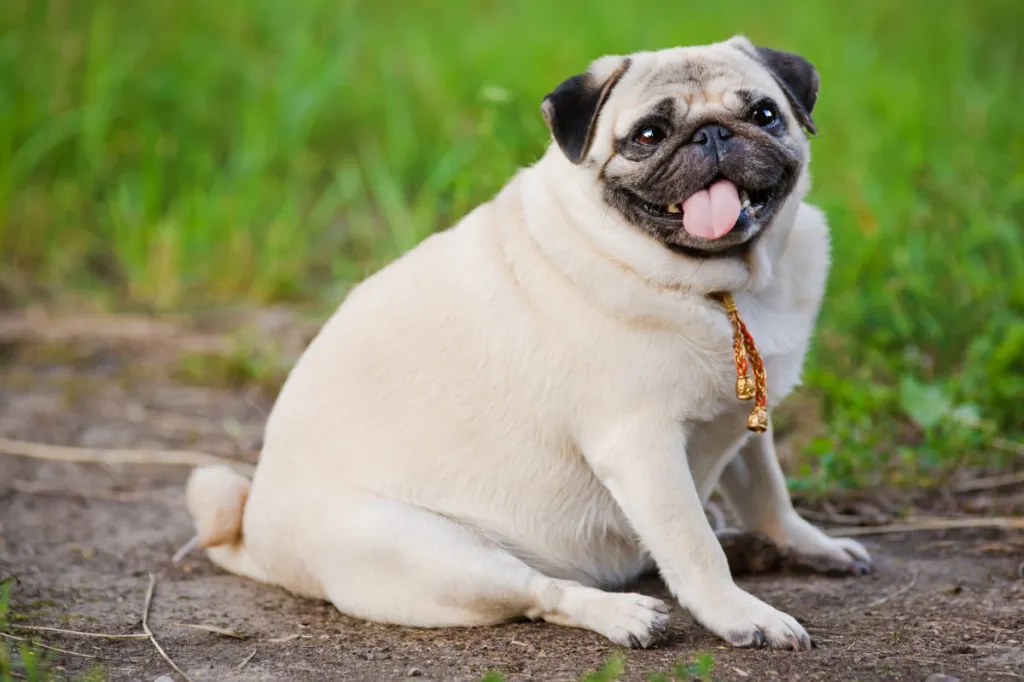Pudgy pups can be adorable, but obesity in dogs can be a serious health issue. According to VCA Animal Hospitals, it’s the most common preventable disease in canines in North America, affecting about 30% of dogs. Middle-aged canines (ages 6 to 9 years) are more likely to be overweight. Certain dog breeds are also more likely to be obese.
Dog breeds most likely to be obese
A study from the United Kingdom’s Royal Veterinary College (RVC) examined how genetic heritage affected dogs’ likelihood of developing health problems, including obesity. They found the following breeds were most susceptible to being overweight:
Others in the high-risk category include:
Those least likely to put on extra pounds include:
How to prevent dog obesity
While certain dog breeds may be more susceptible to being obese, multiple factors besides genetics can contribute to a dog becoming overweight or obese. These include metabolism, hormones, diet, and exercise. Even if your dog is in a high-risk group, monitoring their diet and giving them plenty of exercise can help them stay trim.
Diet
While each dog is different, all canines need a balanced, healthy diet with limited treats. Many food and treat packages contain feeding recommendations based on the animal’s weight. However, if your dog is overweight or obese, you may want to give your pet less than the typical amount. Talk to your veterinarian to determine your pet’s specific needs.
Exercise
A dog’s activity level will depend on their age and breed. Underlying health conditions might affect this too. Generally, older dogs need much less exercise than puppies. Likewise, smaller dogs typically need less exercise than bigger ones. But daily activity, including walks, playtime, and mental stimulation, is crucial for all canines.
Pugs, for example, usually need about 40 minutes to an hour of moderate exercise each day. Because pugs are susceptible to breathing problems, taking multiple shorter walks is better than taking just one long walk. On the other hand, Beagles require 60 to 90 minutes of exercise every day, which can be divided into two or three sessions. Golden Retrievers need at least two hours of moderate daily activity.









